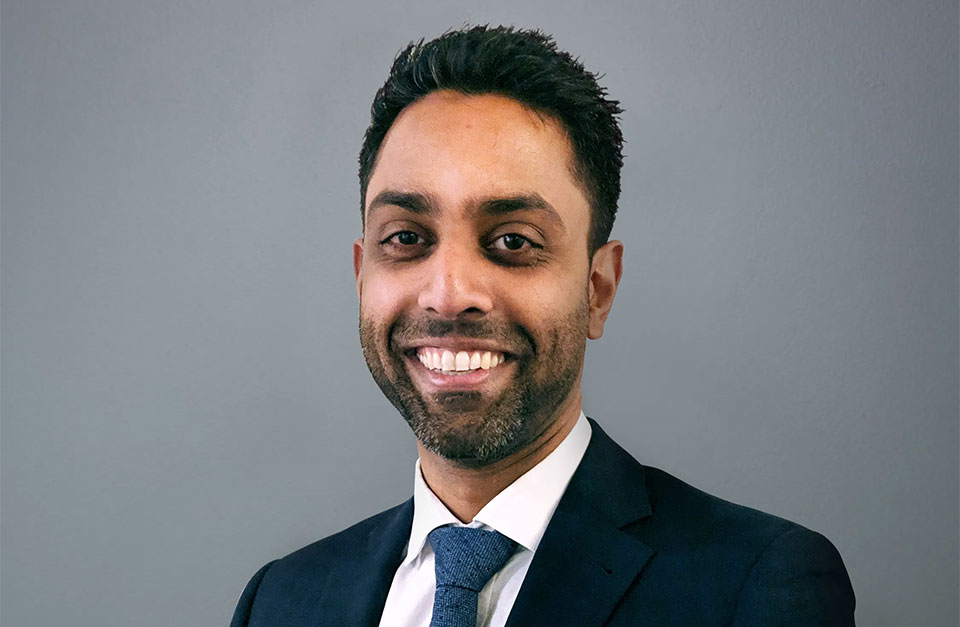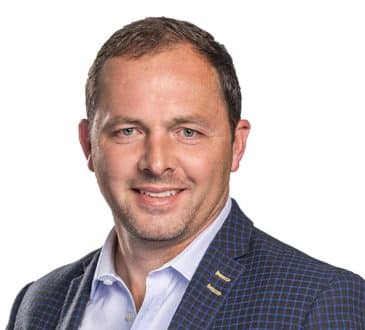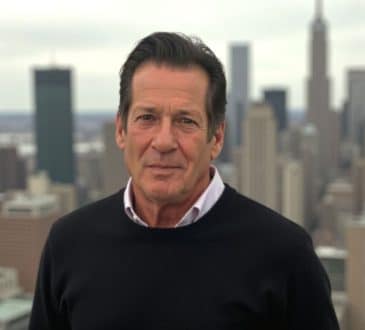Prad Sekar, CEO of Skylight Health Group; Innovative Telehealth

Prad Sekar is the Chief Executive Officer of Skylight Health Group. Mr. Sekar has spent over 15 years in clinical practice management owning, operating and consulting with outpatient multidisciplinary healthcare practices.
Prad Sekar. You’ve had quite a long and impressive career in the healthcare industry, specifically in clinical practice management. Can you tell how your previous roles prepared you for your current role at Skylight as CEO?
All roads have led me to Skylight. I began in the healthcare space back in the early 2000s while I was pre-med in undergrad. I worked from the ground up in the healthcare industry, starting as a medical assistant within a medical practice. When I joined, the practice was built around the idea that medical care is best delivered when patients and physicians are collaboratively together — the idea of specialists and multiple services working hand-and-hand out of the same practice. Working there for four years, I expanded my role from medical assistant to managing business aspects. This growth opened my eyes and made me realize that I did not want to practice medicine, but I liked business management. I shifted career paths, worked in the industry, got my MBA, and then decided to try my hand at running and operating the medical practice.
I opened up my first practice in 2009-2010, and I saw a tremendous opportunity. I was geared towards helping clinics from a business practice management perspective. That was a real need for doctors who were running practices but didn’t have the capacity or the training to focus on the areas of business that could drive healthy profits and strong growth. Other doctors began calling on me for insight and support, so I started consulting for several different healthcare practices across the country. Eventually, I started consulting directly for some of the provincial medical associations themselves. My goal was to help clinics improve from a cost and profit perspective and allow clinics to deliver care to patients better.
Your company is undergoing a rebranding in the middle of a pandemic. Can you explain the timing and motivation for this shift?
We planned to rebrand well over a year ago. We began communicating the rebranding back in December 2019 – January 2020. We started to shift the business a year ago towards focusing on the fragmented primary care space in the U.S. market. Like most things, it would require an infrastructure build, and we’ve been talking the last year or more to start to get that infrastructure in place. We were going to rebrand, pandemic or not, but it allowed us to take the time we needed in the rebranding process. We shifted to a fully telemedicine platform and took the time to change the look and feel of the clinics.
Affordable, accessible healthcare has been an ongoing problem in the U.S. Can you explain how Skylight Health is trying to solve that problem?
This was a bit of a corporate social responsibility decision that we made earlier this year. We’ve been in the U.S. market for about five years, and it opened our eyes to the problems in the healthcare sector. We looked at the various efforts that the U.S. has gone through, including ObamaCare, and had discussions around the single-payer system, and saw a challenge in affordable healthcare. We started to wonder about bringing our model to the U.S. market. We decided to price it the same and focus on delivering care to patients the same way we do in Canada, which is how it all began. That snowballed into a broader discussion about how we can do more with this product. Accessibility will always be part of Skylight, and affordability is critical as well.
Consumers have quite a few choices for primary care clinics. What sets Skylight Health apart from its competition.
Skylight Health is in the business of acquiring strategic primary care clinics and bringing them under a single brand umbrella. The clinics still operate independently but putting them under a parent company can help bring scale and more services to different locations. We’ve noticed that with all of the increased administrative cost and management responsibilities, a lot of independent practitioner offices or small groups of practitioner offices end up just rolling into a larger health network or hospitals. It’s often easier to do that than deal with the practice management side of the business. What tends to happen, however, is many of these practitioners ultimately lose their autonomy. Practice locations become much larger health institutions, so whereas once patients were one in 2000, they are now one in 100,000. The personal touch with the patient disappears, which will impact the patient’s overall health outcome.
We differentiate ourselves because our practices are based on maintaining that level of independence. We buy a clinic in a particular region, and we like to keep the name of that clinic, so a patient walks in, and they still know the staff. What we do is we bring that level of infrastructure to that clinic, and we identify other services to be brought in-house. We can identify other services that will help the patient over time, so they do not have to rely on four or five different offices around town, but rather stay within that single office for other services.
Telehealth, a key part of Skylight’s business model, has surged during the pandemic. Will it continue to grow?
Telehealth has done really well in minimizing exposure and helping the availability of clinicians so that patients can continue to receive the care they need. The challenges of telehealth have always been the number of services and that the reimbursable rates on telemedicine had never been the same as in clinics. All of that changed during the pandemic, as a lot of governments opened up the ability for doctors to offer more services, more CPT codes got allowed, and revenue was almost dollar for dollar – you’re earning on telemedicine almost as much as you were on-clinic. My personal opinion is that telehealth is going to have some sort of correction. We see today that people almost prefer to come back to the clinic, that they miss the personal touch. The standards of care will also need to be revisited because you can’t do everything with telemedicine. Also, it’s very easy for a person with a scratchy throat to make an appointment and have the clinic bill their insurance, but that will get very expensive for payers. I think you’ll see either a rollback in the type of services that will be allowed for telemedicine or you’re going to see a cut back to the reimbursement rates on telemedicine because it’s just not sustainable long-term.
Skylight Health continues to acquire more clinics in more states. How much more growth do you envision?
We certainly have a lot more growth. We strategically identify and acquire primary care and specialty clinics to add tremendous value to improve the existing business. We bring economies to scale and bring infrastructure to help grow that business to the next level. When you look at the market in general, the consolidation of practices continues to happen, so I think that there will be an active market for acquisition for quite some time, resulting in a tremendous avenue for growth for Skylight Health. I believe that we will continue to grow based on the demand for patients’ services, resulting in continued growth within each of the clinics that we continue to acquire. We’ve got quite a lot to do over the coming years, and I don’t see any shortage of any near-term growth within the U.S. market as it is today.
If you enjoy this article, don’t forget to check out our compilation of the World’s Richest Race Car Drivers, Richest Musicians, Richest Models, and Richest Rappers Richest Hockey Players Richest Film Directors.
Bring the best of the CEOWORLD magazine's global journalism to audiences in the United States and around the world. - Add CEOWORLD magazine to your Google News feed.
Follow CEOWORLD magazine headlines on: Google News, LinkedIn, Twitter, and Facebook.
Copyright 2025 The CEOWORLD magazine. All rights reserved. This material (and any extract from it) must not be copied, redistributed or placed on any website, without CEOWORLD magazine' prior written consent. For media queries, please contact: info@ceoworld.biz








